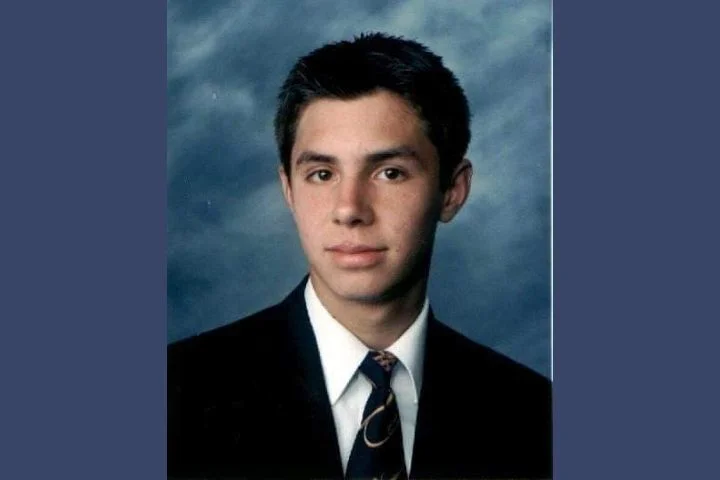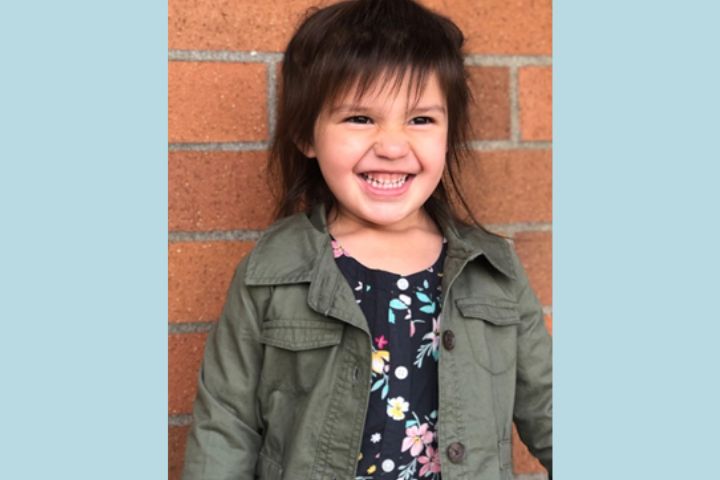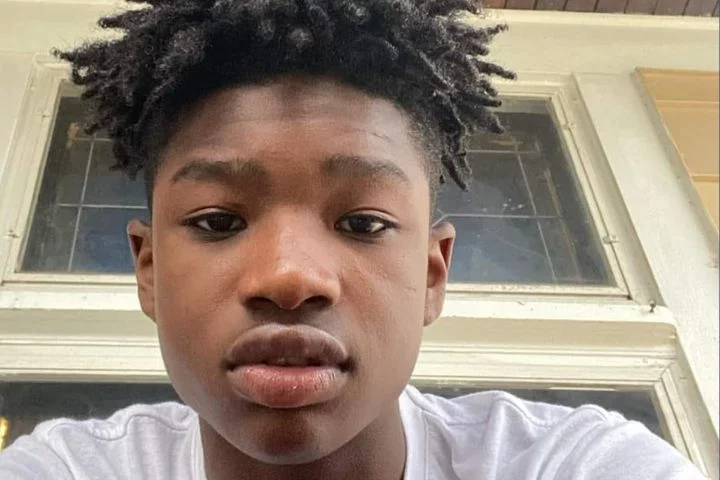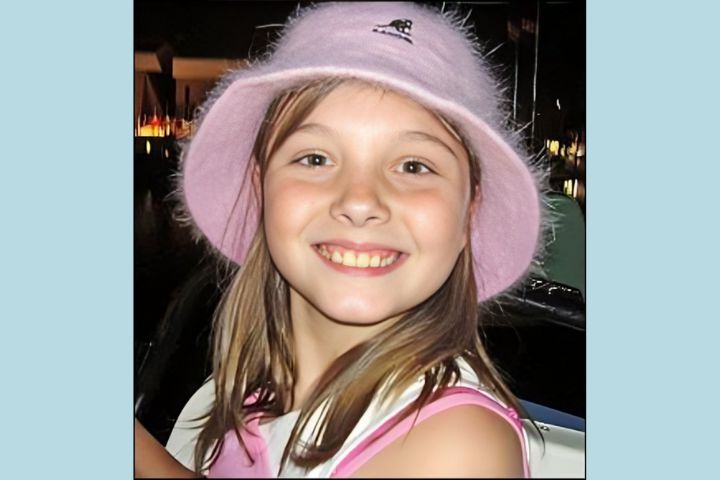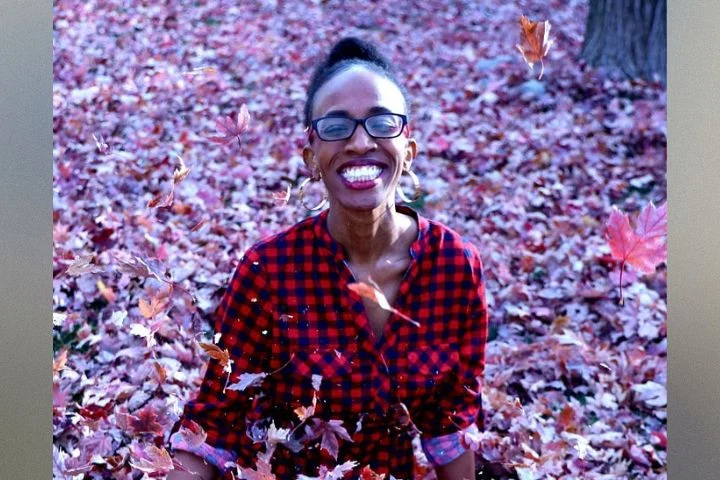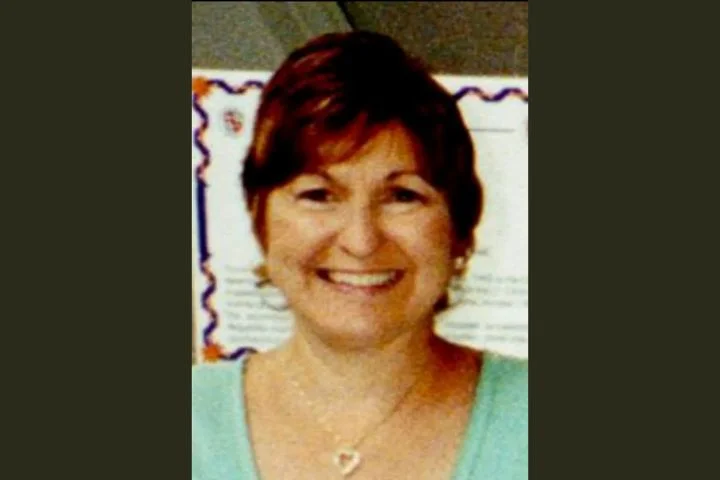Michael Negrete stayed up until the early morning hours of Friday, December 10, 1999, playing an online computer game in his dormitory at the University of California in Los Angeles. The 18-year-old, who was a freshman at the university, finished his game and logged off his computer at 3:40 am. He went out into the hallway and spoke briefly with the friend he had been playing against, then returned to his room on the sixth floor of Dykstra Hall. His roommate was already asleep, so what happened next is unknown. Mike wasn’t in his room at 9:00 am when his roommate woke up and he was never seen again.
Mike’s roommate wasn’t sure what to think when he got up Friday morning and Mike was gone. At first, he thought that Mike had simply gotten up early and gone somewhere, but he soon realized that all of Mike’s belongings — including his jacket, wallet, ID card, and shoes — were still in the room. He didn’t think his roommate would have left without taking those items with him, but wondered if he had decided to go home to his parents’ house in San Diego County for the weekend. Yet Mike’s parents, Miguel and Mary Negrete, hadn’t heard from the teenager either.
Mary admitted that her initial reaction was one of anger. “The first thing that went through my head was why did he go somewhere without telling me…I was annoyed with him and I was going to tell him off, but then he never came back.”
When Mike failed to show up for class on Monday, his roommate and parents decided to call the campus police and report him missing. Nancy Greenstein, a spokesperson for the UCLA police, told reporters that it wasn’t unusual for a college student to disappear for a weekend, but they usually returned in time for class. The fact that Mike hadn’t contacted any of his friends or family was concerning.
Campus police conducted a door-to-door search in Dykstra Hall and the other dormitories, but no one had spoken to Mike since early Friday morning. Friends said he had attended a party on Thursday night with dozens of other residents of the dormitory. There had been some alcohol involved, but nothing got out of hand. Ross Wolf, who organized the party, said Mike had seemed completely normal at the time. “He was just part of the group like he always was, not doing anything that made him stand out…he just blended in with everyone.”
After the party broke up, Mike returned to his dorm room and sat down at his computer. He logged into an online game, playing against a friend in another room. When the game finished around 3:40 am, Mike went out into the hallway and exchanged high-fives with the classmate he had played against. He then went back to his room; none of his friends saw him after that.
After interviewing all of his friends, investigators admitted that they had no idea what had happened to Mike. Nancy Greenstein said that Mike didn’t have a girlfriend and hadn’t told anyone that he planned to go anywhere. He had no car on campus, so would have had to rely on public transportation or a friend if he wanted to leave the area.
Mike’s mother, Mary Negrete, said it would be out of character for her son to vanish without telling anyone. He was a good student, and with exams coming up, she didn’t think he would have willingly skipped any of his classes. She pointed out that Mike, a music major who played trumpet, had missed a performance with his steel drum band and a scheduled practice with his brass quintet.
A week after Mike was last seen, campus police brought in bloodhounds to see if they could determine where he had gone when he left his dormitory. The dogs walked in a zig-zag pattern across the campus but lost Mike’s scent near a bus stop on the outskirts of school property, near the intersection of Sunset Boulevard and Bellagio Drive. This was about a mile from Mike’s dorm.
Investigators scoured the garbage chutes in the dormitory for any potential evidence but found nothing. Parts of the campus were under construction at the time, and each of these construction sites was carefully searched. Again, detectives came up empty.
Five detectives were assigned to investigate Mike’s disappearance full-time, and they started by interviewing all of the employees of the bus company, hoping to find someone who recalled seeing Mike and could tell them where he was heading. Mike’s uncle, Bill Kline, told reporters that volunteers were riding various bus routes throughout the city, handing out missing person flyers to bus drivers and riders and hanging posters in bus stations.
No one came forward to report seeing Mike on a bus after he left his dorm room and it was unclear if he would have had the money to purchase a ticket. He didn’t have his wallet or any credit cards with him when he left, and all of his money appeared to have been left behind in his dorm room.
Investigators assured Mike’s family that they hadn’t found any evidence to suggest foul play; they believed that the teenager had voluntarily disappeared. His uncle noted, “We have to believe that somehow Michael is incapacitated — not himself — and that he doesn’t know how to come home…my hope is that Michael or someone who knows Michael or where he is, is going to pick up the phone and call.”
Mike’s parents appealed to their son to contact him if he were able. “Michael, we love you and want to have you with us on Christmas. Your brothers miss you and are counting on having you back.” They pleaded with the public for assistance. “Please help give us the special gift of the return of our son.”
In early January, Mike’s parents seemed to sense that he wouldn’t be back in time for the spring semester at UCLA. They canceled his housing contract and moved his belongings out of his dorm room.
A month after Mike was last seen, some of his friends decided to organize a concert to raise money to help pay for a private investigator. They knew that Mike, who loved music, would appreciate the idea and some of them hoped that the publicity about the concert might cause him to contact his friends and family. More than 200 people attended the concert.
Mary said that UCLA police hadn’t told them too much about any potential leads because they didn’t want to give the family false hope. She and Miguel had decided to hire a private detective to assist in the search. “The investigator is pretty much reviewing what the police have done. He said they’ve done a good job of the initial legwork, but he’ll review their work and reinterview Mike’s friends.”
For Mike’s parents, waiting for information was almost unbearable. Mary said she didn’t believe that Mike would have gone anywhere without letting her know. “I honestly feel that the Michael I know would at least tell me where he was.” She couldn’t imagine a scenario where he would have willingly walked away from his family and friends.
UCLA police were in the process of going through Mike’s computer but it was unclear if there was any useful information on it. More than one hundred students had been interviewed, and investigators planned on speaking with many of them a second time when they returned from the winter break. Nancy Greenstein said they still considered him to be missing but didn’t believe he had been a victim of foul play. “From the standpoint of what we know at the university, it appears that he chose to leave.”
Five weeks after Mike’s mysterious disappearance, his family announced that they were offering a $5,000 reward for information leading to his whereabouts. His father told reporters, “We would like to get people around the campus to give more information…something that maybe they didn’t say before [because] maybe they were afraid to talk.”
Mike had spent two summers performing with a local band called Island Fever, and the other band members decided they wanted to do something to assist in the search for him. They decided to hold a benefit concert in January 2000, with the proceeds going toward the search effort.
Sabrina Woolley, one of the leaders of Island Fever, told reporters that the band was mostly made up of older musicians, but they had been impressed with Mike’s musical talent and mature attitude and had enjoyed having him in the band. She noted that he had been thrilled about going away to college. “He was so happy and enthusiastic about school and his music…it was all going well for him.” Although she couldn’t imagine that Mike would have disappeared on his own, she was optimistic he would be found. “The fact that it’s been so long and there’s no evidence of any foul play gives us more hope that he’s alive.”
Island Fever later put a statement about Mike on their website, describing him as a well-liked and cherished member of their band. “He is a well-loved, stable, and intelligent person. He is unusually mature for his years. Based on knowing Mike for the last couple of years, we don’t think he would leave without letting his family know where he is unless he was ill, taken against his will, or somehow misled.”
Mike’s 19th birthday was on March 25, 2000, and his friends and family hoped that he would be home in time to celebrate it. Unfortunately, the day came and went without any word from Mike, and those who knew him best struggled to stay positive. His mother admitted, “You just have this achy feeling in your heart all the time. It never goes away. It’s hard to live with that.”
Four months after Mike vanished, his family announced that they were increasing the reward for information to $100,000. Mary said she was convinced that her son had been a victim of foul play. “I’ve always figured that something terrible happened to him, but there is no evidence…the additional reward will hopefully lead to more information.”
As the spring semester at UCLA came to an end, detectives issued a questionnaire to all Dykstra Hall residents concerning the day Mike was last seen. They were hoping someone might recall seeing something unusual that day, and they finally got a lead. In July 2000, they released a sketch of a white male reportedly seen on the sixth floor of Dykstra Hall around the time that Mike disappeared. The man, who was around 35 years old, was described as being 5 feet 7 inches tall with a heavy build. He had been wearing a gray jacket with a turquoise design; those who saw him did not believe he was a student at the school.
Detectives later said that at least one person had come forward with information about this man earlier in the investigation, but for some reason, no action had been taken at that time. Now, they were hoping to identify this man and determine what he had been doing in the dormitory that morning. If anyone recognized him, however, they didn’t contact authorities.
In November 2000, three students who lived in an apartment complex near campus — all of whom had lived in Dykstra Hall at the time of Mike’s disappearance — called police to report overhearing a suspicious phone call. Someone in the complex had been talking about Mike’s case and mentioned details that hadn’t been released to the public. Detectives interviewed the residents of each of the complex’s 45 apartments, but they were unable to determine who the witnesses had overheard.
In December, Mike’s loved ones marked the first anniversary of his disappearance. Although they still had no evidence pointing to what happened to him, detectives with the Los Angeles County Sheriff’s Department admitted that they thought he was most likely dead. There had been no confirmed sightings of him since he left his dorm room and his bank account, credit cards, and Social Security number hadn’t been used.
Detective Sgt. William Howell stated, “We are handling this as a de*ath investigation. I’d like nothing more than to tell his mother he is alive and we have located him, but at this point, I am not convinced I will be able to do that.” He admitted that the lack of clues had been extremely frustrating for investigators. “In this case, there’s absolutely no certainty anywhere. It’s maddening…this is a kid who wasn’t in a lick of trouble. One minute he’s here, the next — poof — he’s gone.”
Los Angeles Sheriff’s Detective Joe Purcell worked alongside Detective Sgt. Howell on Mike’s case. Neither of them believed that Mike was still alive, but they had no idea exactly what happened to him. “We’re baffled. With 60 years between my partner and I, we’ve never seen anything like this.”
Mary agreed that her son was likely dead. “I have hope that we will find out what happened to him…I don’t have much hope that we will see him again. It has been a year. I know he didn’t just take off and leave. That is not his personality.” She and Miguel had done everything they could think of to locate Mike while still keeping life somewhat normal for their other two sons, who were in high school at the time. “Our lives are really disrupted by this, but we need to provide a stable life for our other two boys.”
Over the years, there have been many theories about what happened to Mike but no solid clues. While detectives initially believed that Mike had willingly walked away from his dormitory, within a year of his disappearance they agreed with his family that this was unlikely. He didn’t take any of his belongings with him; he left his dorm room wearing only khakis and a button-down shirt. Mike had a close relationship with his parents and had no history of running away. It would have been completely out of character for him to walk away from his life.
There were rumors that Mike had recently started experimenting with drugs and this had something to do with his disappearance, but detectives said they found no evidence of this. They said that Mike may have tried ecstasy once but there was no indication that he was a habitual user.
Some people wondered if the stress of being a freshman at a prestigious university had been so stressful that it caused Mike to have a mental breakdown, causing him to wander off and forget who he was. While it’s possible that Mike is living somewhere under a different name, the complete lack of verifiable sightings leads investigators to believe that this is not the case.
Mike’s trail ends when he walked back into his dorm room around 4:00 am on December 10, 1999. No one saw him leave, either alone or with someone, and no one ever saw him again. Although his case is still open, it has been cold for years and will likely only be solved if Mike’s body is found or if someone with information about what happened to him decides to come forward. Detectives believe that some of the students living in Dykstra Hall at the time of Mike’s disappearance may have withheld information when they were interviewed in 1999; investigators hope that the passage of time will lead someone to finally contact them and tell them what they know so they can obtain closure for Mike’s family.
Michael William Negrete was just 18 years old when he vanished from the UCLA campus in Los Angeles, California in December 1999. Mike was a friendly young man and a talented musician; he was a music major and had been enthusiastic about his freshman year. The circumstances surrounding Mike’s disappearance are murky and detectives have no solid clues pointing to what happened to him, but they believe he is most likely dead. Mike has brown eyes and brown hair, and at the time of his disappearance, he was 5 feet 8 inches tall and weighed 130 pounds. Mike was last seen wearing khakis and a blue plaid shirt; it’s unclear if he was wearing shoes when he went missing. If you have any information about Mike’s disappearance, please contact the UCLA Police Department at 310–825–1491 or the Los Angeles County Sheriff’s Department at 323–890–5500.
